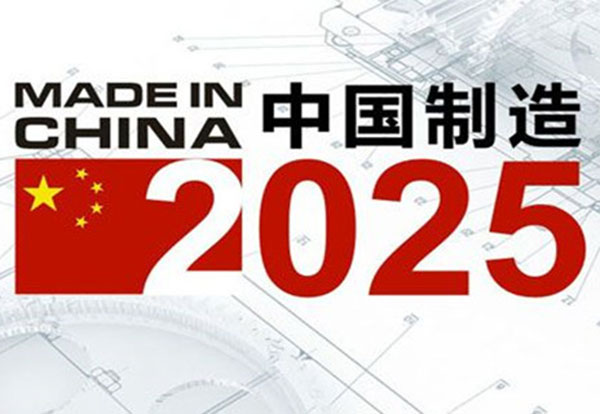
The joint statement between China and the US on 20 May was interpreted as a truce. But after several rounds of negotiations, a comprehensive solution remains elusive. The US side has three core requests, namely reducing the trade deficit, more market access, and IPR protection. In order to address the trade imbalance, China is prepared to accept more exports from the US. China will also further its reform and opening up efforts to upgrade its industry and promote economic growth.
The trade imbalance is at the center of China-US trade relations. First, there is a significant gap between trade figures collected by China and the US – a gap of hundreds of millions. Aside from calculation gaps due to transport volume in Hong Kong, the real value of China-US trade should be understood from the perspective of the global value chain, and goods and services should both be taken into account. As China remains largely at the lower end of the global value chain, Chinese exports carry more value divergence than American merchandise. In the meantime, the US tends to stress the trade deficit in goods over the trade surplus in the service sector, and exaggerate the trade imbalance between the two countries.
The trade war is a customary tactic of the US to bring its competitors to their knees, as with Japan. The US boasted the world’s largest market throughout the 20th century, and a country would suffer tremendously if it was cut off from it. China is now the world’s second largest economy, with the most important consumer market. China has the capacity and resilience to fight a trade war.
Trade war is all about hi-tech competition
The US economy is hi-tech intensive. The US has a comparative advantage in capital and a dominant position in the global trading system, and mainly produces core machinery parts with high added value or intermediate products, while China and other countries at the lower end assemble the end products for distribution, for meagre revenues in an increasingly competitive market. Not surprising, the US sees its industrial base hollowing out.
In the wake of the 2008 global financial crisis, developed economies, including the US, Japan, and Germany began to recognize the importance of manufacturing. The fact is, manufacturing, while accounting for 16% of global GDP, contributes to 70% of global trade, 90% of R&D, and 45 million jobs in advanced economies. Realizing the important role of manufacturing, developed countries set out plans to bolster the manufacturing industry, such as the Industrial 4.0 in Germany, the National Network for Manufacturing Innovation (NNMI) in the US, along with other plans for “reshoring” manufacturing to the US.
“Made in China 2025” was launched in 2015, with the objective to build China into a strong manufacturing power. The initiative sets out a series of development goals to facilitate this, primarily through development in industries like chips, robots, and AI, which will help propel China to the higher end of the global value chain in the 21st century. All-around modernization underpinned by advanced manufacturing, manufacturing-oriented service, service-oriented manufacturing, and green technology will be the goal going forward.
Competition between two development models
China is committed to the strategy of building itself into a manufacturing powerhouse and the government will play a decisive role in the process, backed by further improvement in industrial policy. The US’s real concern is state owned enterprises in China, and demands China abolish subsidies for them. SOEs play a central role in China’s economic development, and they do need to be reformed. Almost all developed or emerging economies have their own “SOEs”, French “state backed” enterprises have acquired cutting-edge technologies, Italian ones have become global leaders in many fields, and the same applies to Japanese zaibatsus and Korean chaebols. The zaibatsu and chaebol systems are probably more sophisticated than China’s SOEs. As France loosens its grip on its state backed enterprises, it sees its economic clout dwindle.
Rand released a report titled “China and the International Order” on 21 May 2018, and it is of the view that China's behavior over the past two decades does not mark it as an opponent or saboteur of the international order, but rather as a conditional supporter. In the long run, a strengthened and increasingly multilateral international order can continue to provide a critical tool for the United States and other countries to shape and constrain rising Chinese power. The posture China takes toward the institutions, norms, and rules of a shared order is in significant flux. Modifications to the order on the margins in response to Chinese preferences will typically pose less of a threat to a stable international system than a future in which China is alienated from that system, it concluded.



